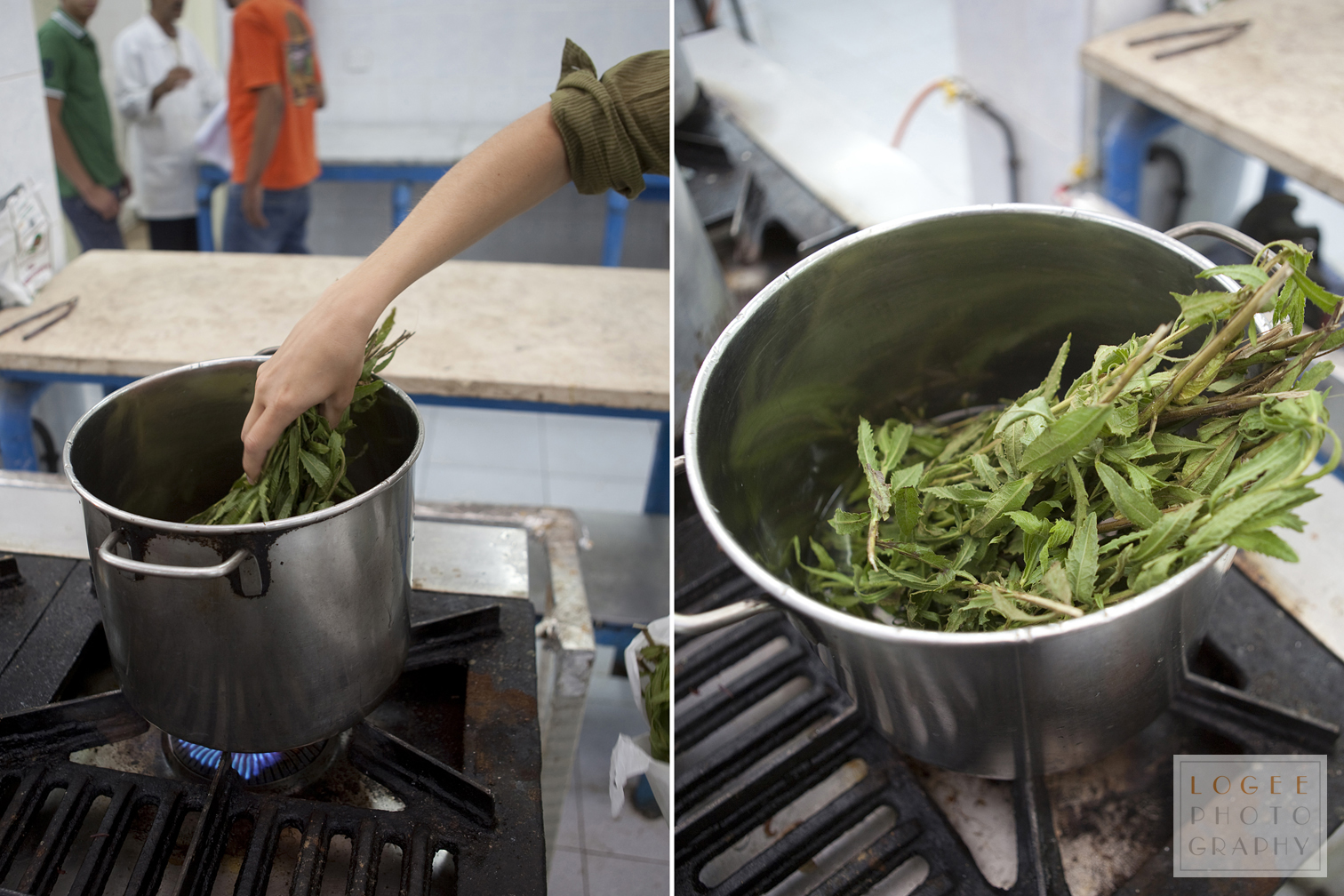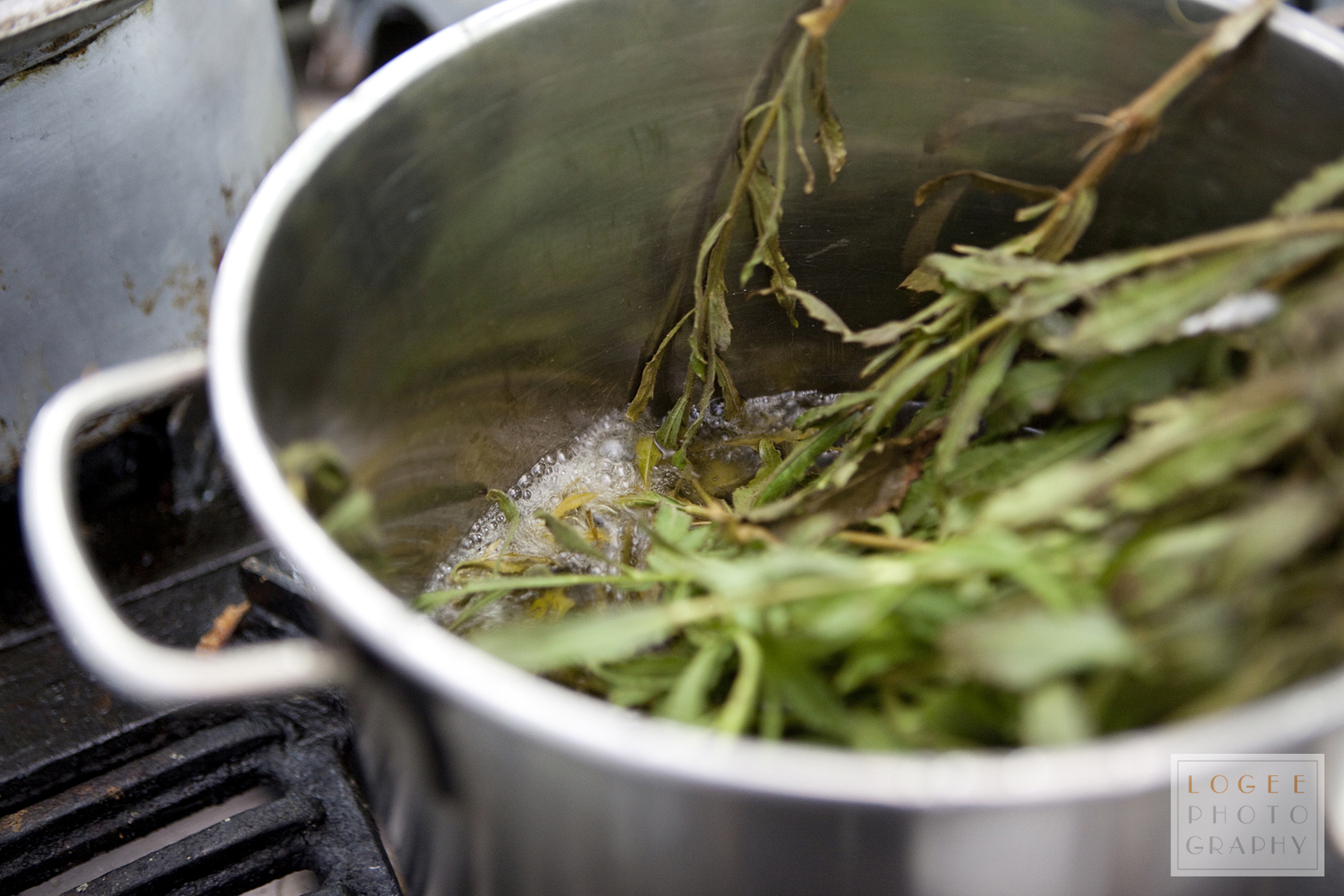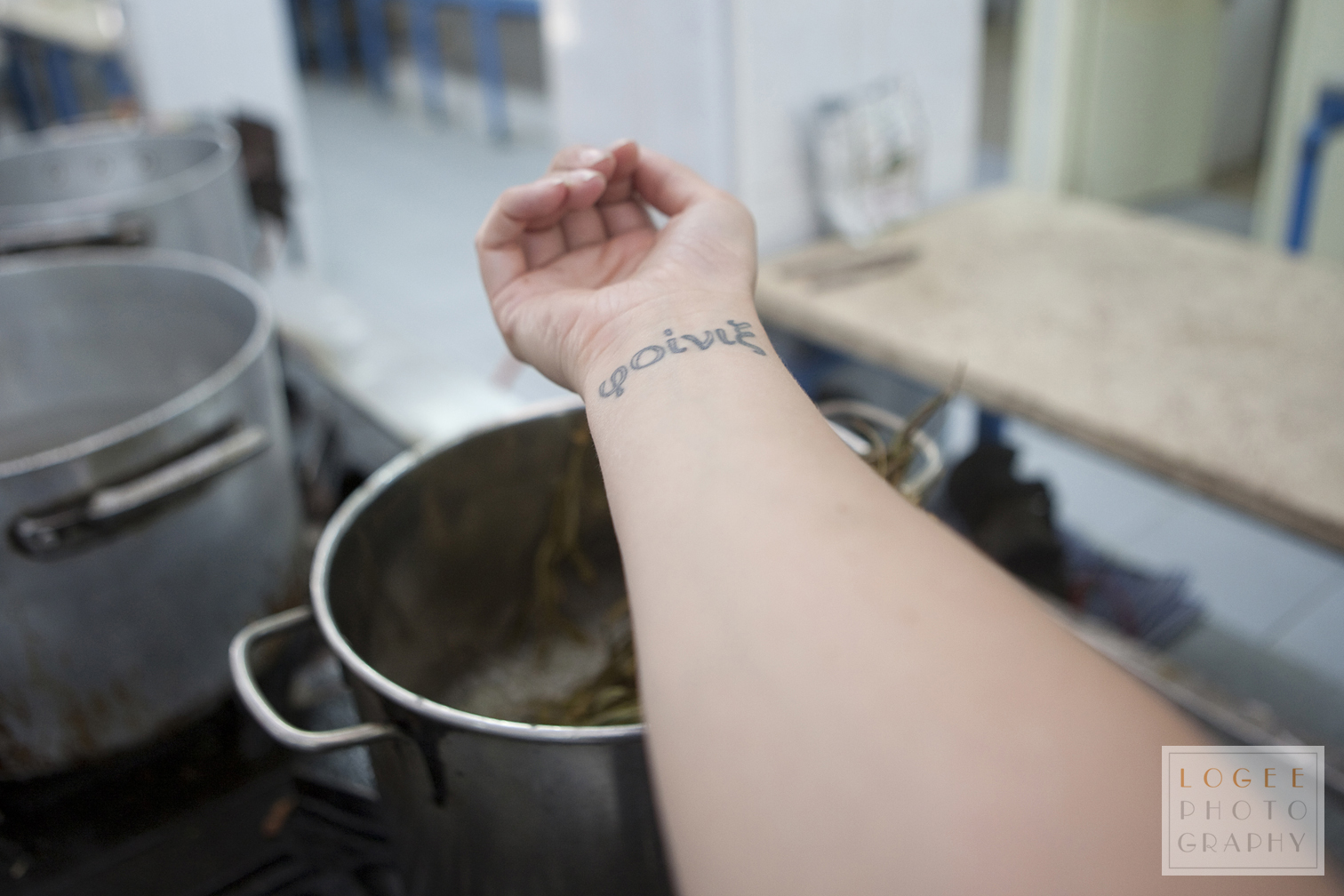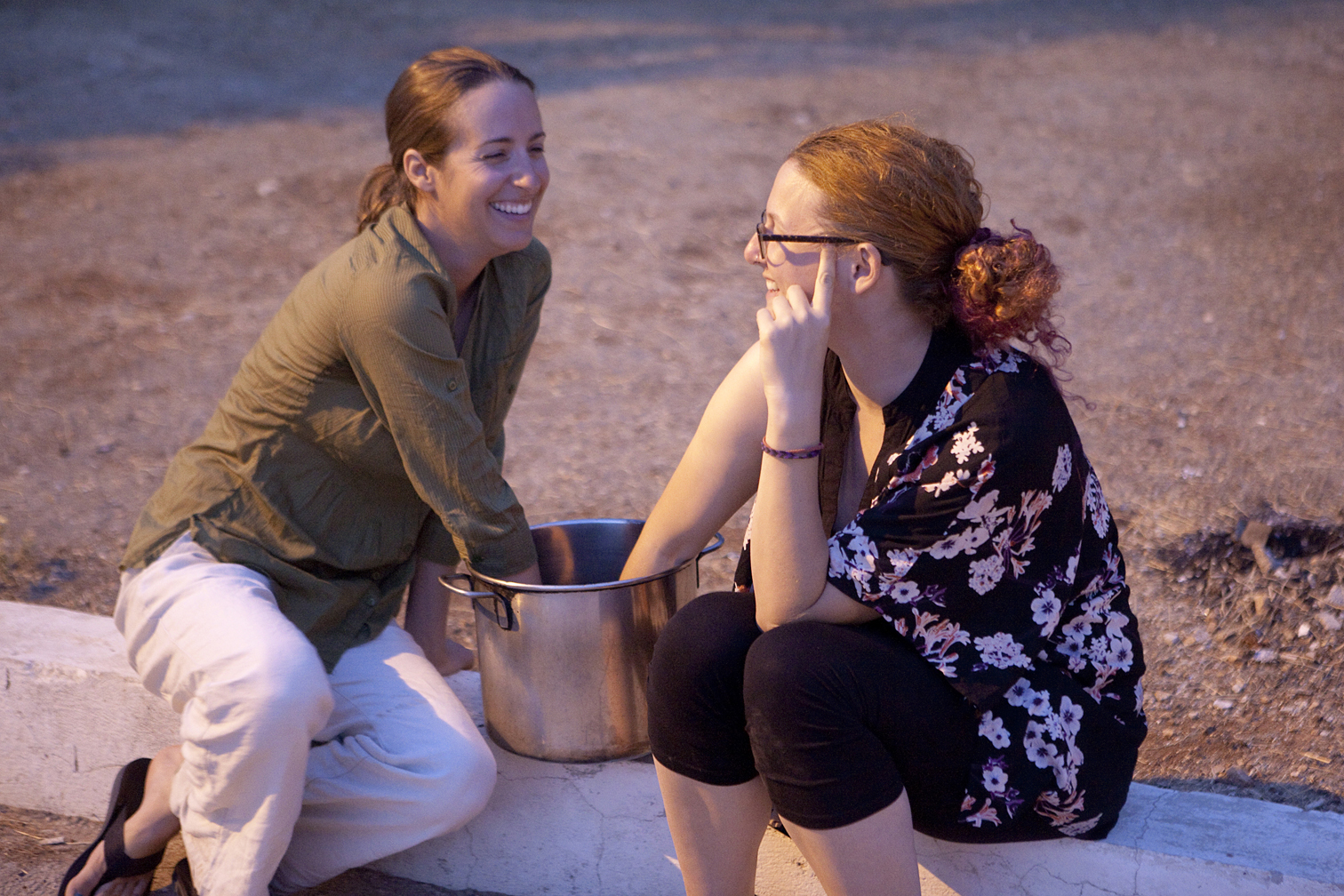Traditional Bedouin Medicine
It was early in the morning, the light from the sun was just starting to crest over the hill. I was standing on some burlap bags, which had been carefully placed along the edges of the squares to keep the balks from caving in. Below me, a mix of students and veterans were digging away, hauling guffah1 after guffah out to the sift.
Watching others work in the early morning isn’t exactly conducive to staying awake, especially when it comes with a pang of jealousy. I really love to dig and sitting on the sidelines due to a wrist injury doesn’t exactly sit well with me. I’m sure this thought was written all over my face when Adel, one of our seasoned local workers, walked up beside me.
In a mix of my broken Arabic and his broken English, he inquired about why I wasn’t digging this year. I explained that my wrist was injured and that it had been that way for months. He said he had a cure for me and pointed to some grass, “Like this, but different.”
“Bukra2, I bring for you,” he said.
Though I’m a staunch supporter of modern medicine, I’ve always been fascinated by traditional medicine and the wealth of knowledge to be found there. Passed down from one generation to the next, recipes and remedies have perpetuated themselves into modern day and with good reason. We tend to forget that chamomile tea can help someone who’s having trouble sleeping. Mint and ginger can aid an upset stomach. Honey can speed the healing of cuts and burns. Aloe soothes sunburns. These traditions aren’t something I think should be disregarded, but instead, they should be studied. Here was my chance to experience traditional medicine first hand.
At second breakfast, I told Monique, one of our field supervisors and a good friend, that Adel was bringing me the leaves of a plant that he said would heal my wrist. A look of excitement crossed her face and she said, “It’s like Kadija’s green ointment!”
Monique and I are huge fans of the Amelia Peabody series by Elizabeth Peters3. Set in the early 1900’s, the novels follow the lives of the Emerson family, largely through the eyes of their matriarch, Amelia Peabody. As egyptologists, they gain a close familial relationship with the Egyptians they employ to assist with their digs, one of whom is Kadija. Kadija is the keeper of an old family recipe for a green paste that heals anything quickly and effectively. Burns? Healed. Cuts? Healed. Poison? You bet that’s healed.
So naturally, Monique and I set off to test if we had own own “green ointment” in the making.
Via a translation from our Department of Antiquities representative, Abdelrahim, we were ready to begin. Adel told me the plant was called طيون, or “tayoon.” Though the transliteration brought up no results on Google, the original Arabic script brought up a whole host of information on the plant and its usage in traditional medicine4.
The plant, Inula viscosa, is traditionally dried, powdered, and mixed with olive oil to treat wounds and bruises. Several sources on a dedicated Inula viscosa website5, make reference to using the plant in the treatment of arthritis and paralysis, one particular method is to use a hot bath. This confirmed the instructions we had received from Adel, so we set off to confuse the kitchen staff by commandeering a pot and the large gas stove.

The first step was to add the leaves in a large pot of water and set it to boil. Adel had given us a huge grocery bag full of leaves, but said that we only needed to use a small bunch at a time.

Once the water hits a rolling boil and steam started to come off the pot, we were to place the affected body part (in this case, my wrist and Monique’s hand) over the steam. Adel had told us to wrap our hands in a scarf to protect it from the steam, but my scarf was dirty from the blowing dust at the dig.

There had been no exact time frame given to hold our hands and wrists over the steam, but the vague “few minutes,” led Monique and I to decide to keep our hands there for about five minutes.

We were instructed to leave the pot sit for awhile until the water temperature came down to something tolerable. Monique left to give her lecture on the Iron Age era at ‘Umayri, which turned out to be the perfect length of time needed for the pot to cool down. As the sun set, the light was perfect to catch the sheen of essential oils on the surface of the water.

The final step in the process was to soak our hands in the water and leaf mix for 15 minutes. It didn’t feel like much was going on, but the warm water was indeed soothing. When the timer went off, our hands were stained a little yellow and there was a distinct tingling feeling that lasted for about 20 minutes.
I can’t say my wrist is healed, but I do think Adel is on to something here. The tingling effect suggests there is really something going on, but whether or not this is the appropriate treatment for my wrist, I can’t say. Nonetheless, it was a worthwhile experience and I’m very appreciative of Adel’s concern and help.
Our relationship with our local workers is an important one. Not only are they our employees, but they are our friends. The experiences we have while we work here for the season are always enriched by their friendship and traditions. When you travel, it is important to do so not just with an open mind, but an open heart.
Many thanks to my friend Adel for his concern and caring.
1 “Basket.”
2 “Tomorrow.”
3 AKA Barbara Michaels, AKA Barbara Mertz, an egyptologist & novelist.
4 Can I just get a “hurray” for Google? It’s made my job so much easier.
5 Which, admittedly, seems to be commercial and biased towards the healing properties of the plant. It does have a nice compilation of references to the plant in compendiums of traditional medicine in the Levant, though.

